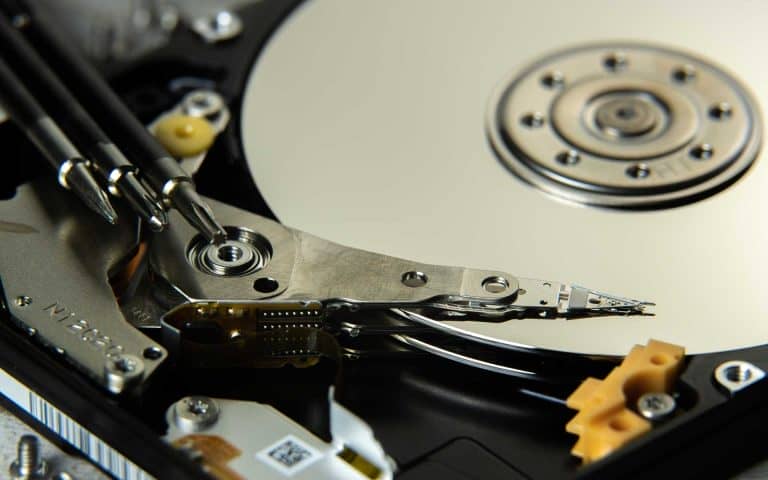Understanding and Addressing Hard Drive Corruption
The dreaded “corrupted hard drive” error can send chills down anyone’s spine. But with the expertise of Tech4Service and a systematic approach, you can navigate this challenge effectively.
1. Recognizing the Signs of Hard Drive Corruption
Corruption occurs when data deviates from its original state, leading to malfunctions or inaccessibility. Common indicators include:
- Inability to access the drive
- Sluggish performance
- Missing files
- Encountering the “Blue Screen of Death” (BSoD)
2. Identifying the Root Causes
Understanding the cause is pivotal for effective recovery. Common culprits include:
- Age: Older drives are more susceptible to corruption.
- Viruses and Malware: While they can’t physically damage the drive, they can corrupt data.
- Abrupt Interruptions: Sudden power losses or impacts can disrupt data writing, leading to corruption.
- Environmental Factors: Excessive heat, water, or fire damage can compromise data integrity.
3. Employing Data Recovery Software
While operating systems come with built-in tools like Disk Utility, they might not always be effective for severe corruption. Instead, consider specialized third-party data recovery tools. These can often piece together fragments of damaged files.
Caution: DIY data recovery carries risks. If opting for this route, always work on a copy or image of the corrupted drive to preserve the original.
4. Seeking Professional Help
If DIY methods fail or if the drive is entirely unreadable, it’s time to consult a professional data recovery service. They possess the expertise and tools to handle complex recoveries.
Remember, while there are numerous DIY tools available, data recovery is intricate and varies case by case. Professionals stay updated with the latest technologies and have partnerships with hardware and software manufacturers, ensuring the best chances of successful data retrieval.
In Conclusion
A corrupted hard drive can be daunting, but with the right approach and expert guidance, data recovery is achievable. Whether you’re using software tools or seeking professional assistance, always prioritize the safety and integrity of your data. With the expertise of services like Tech4Service, you can navigate this challenge with confidence.


